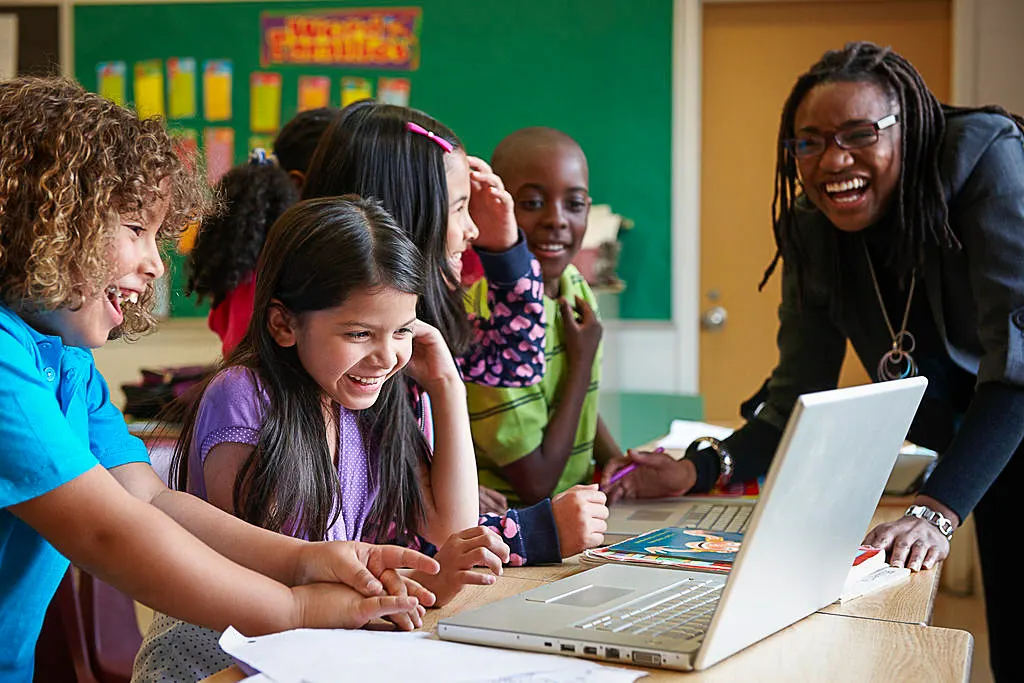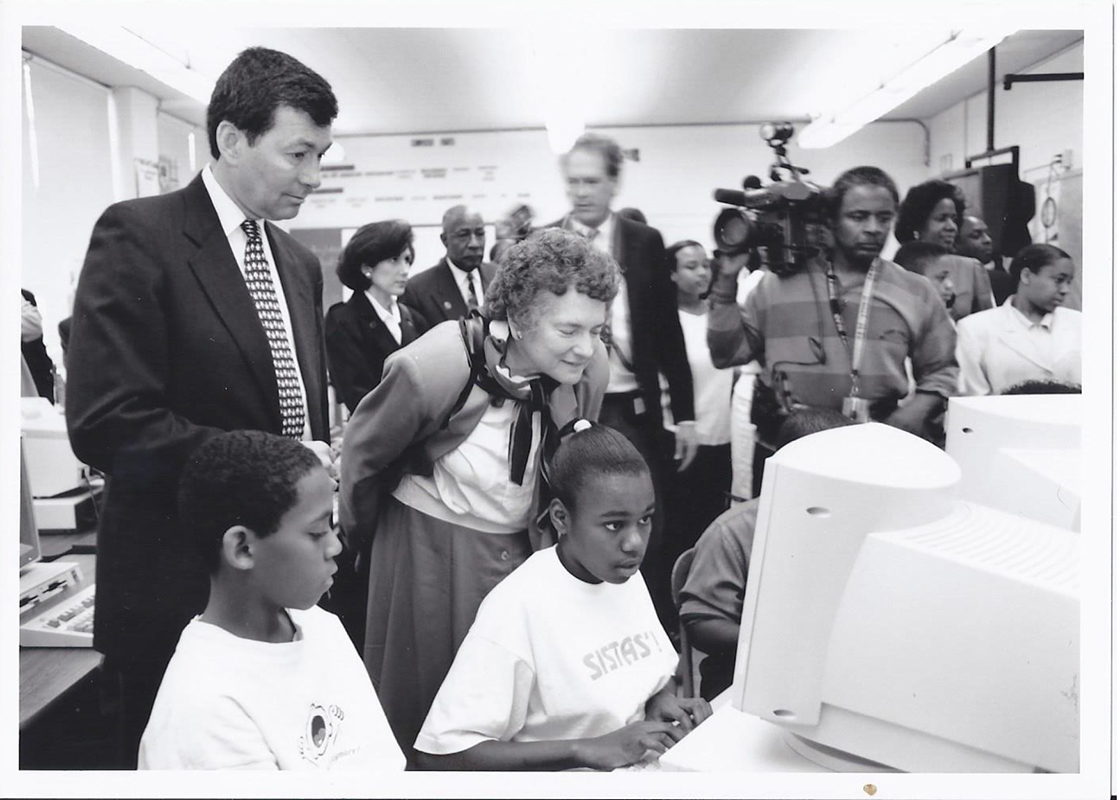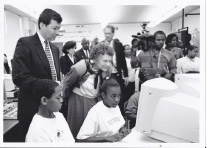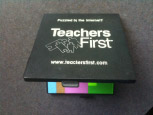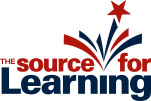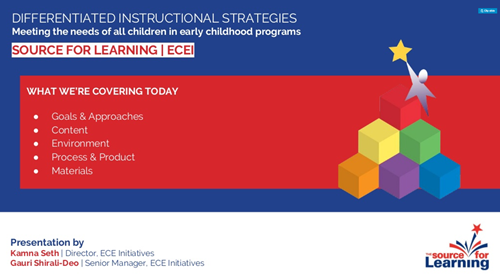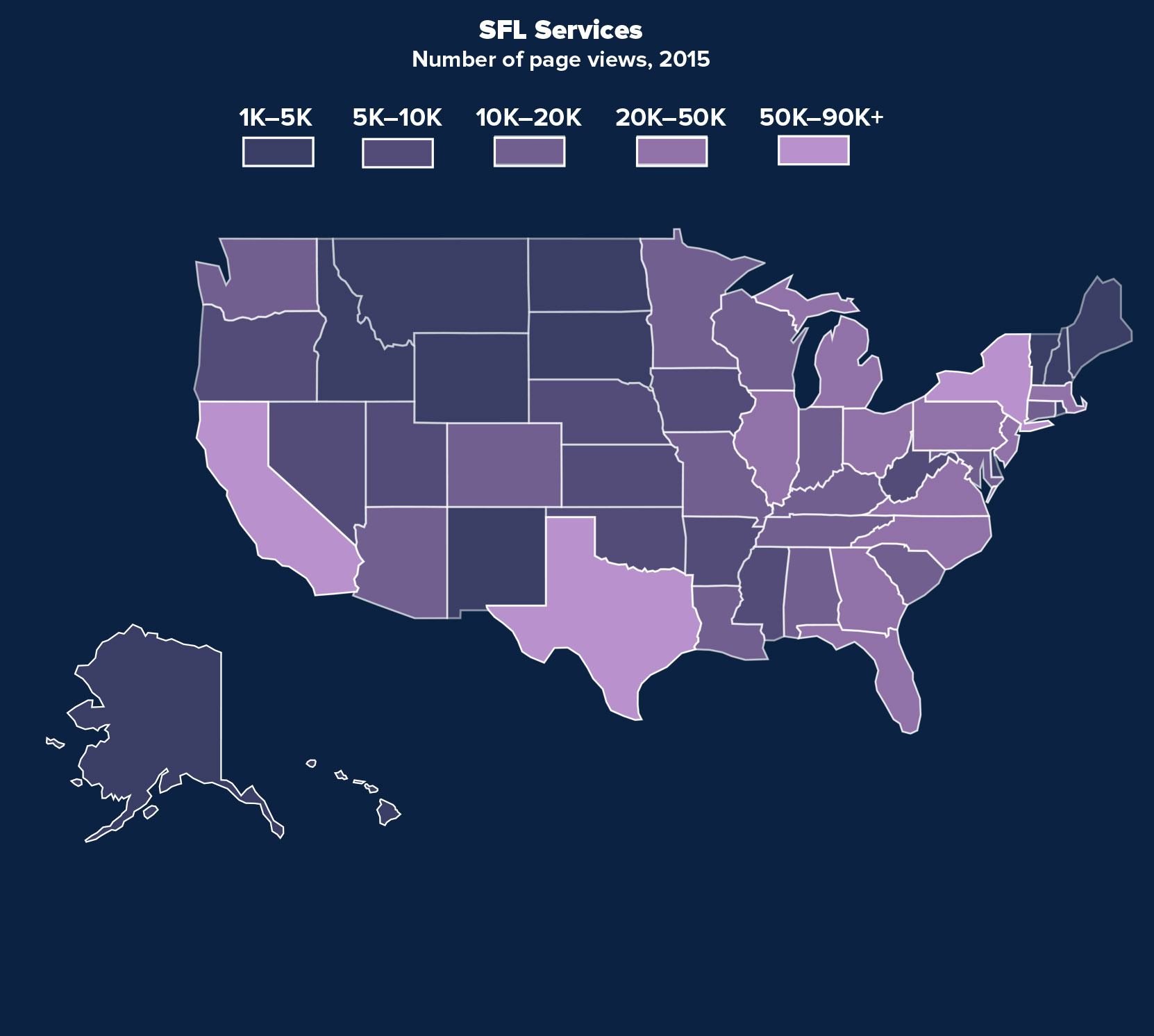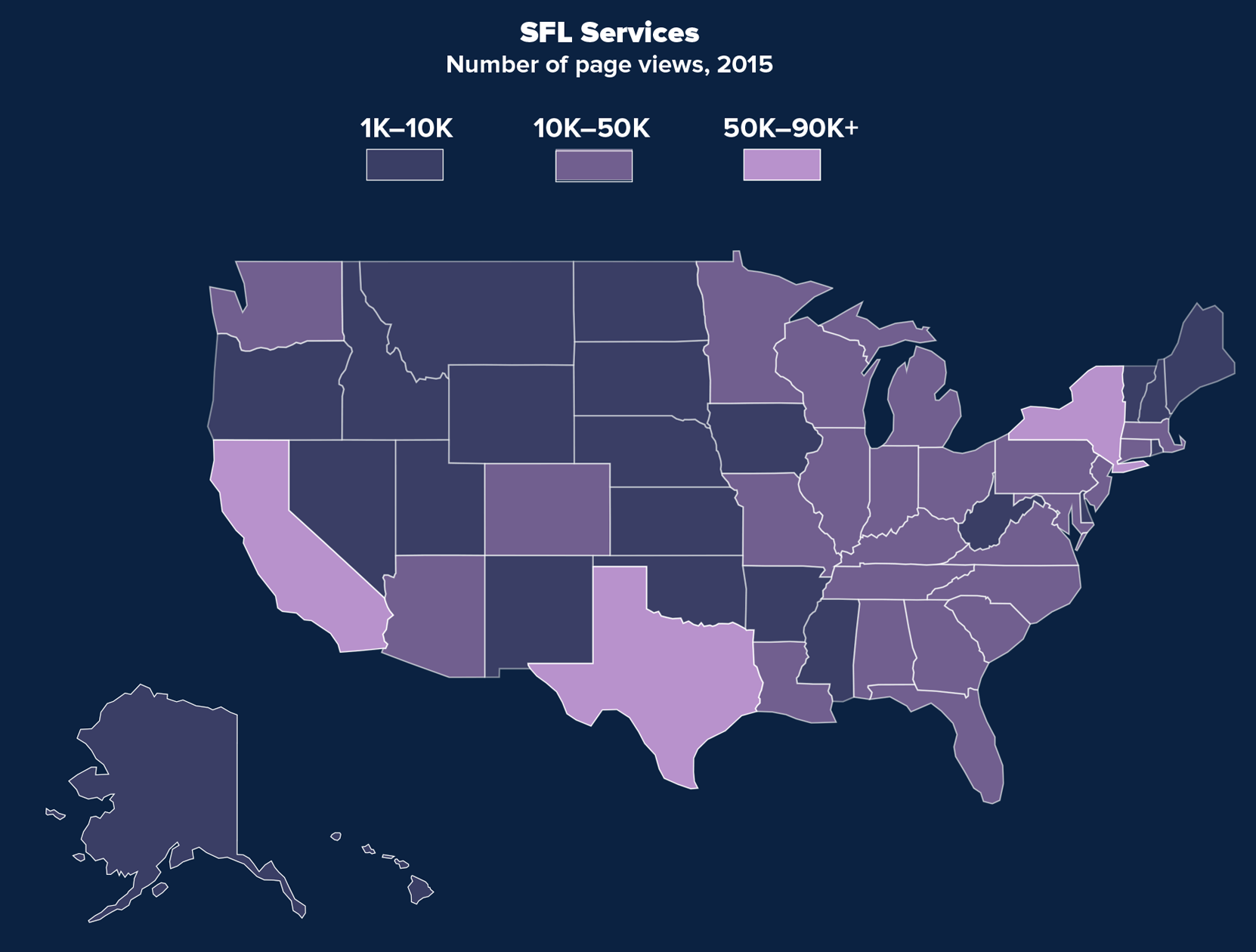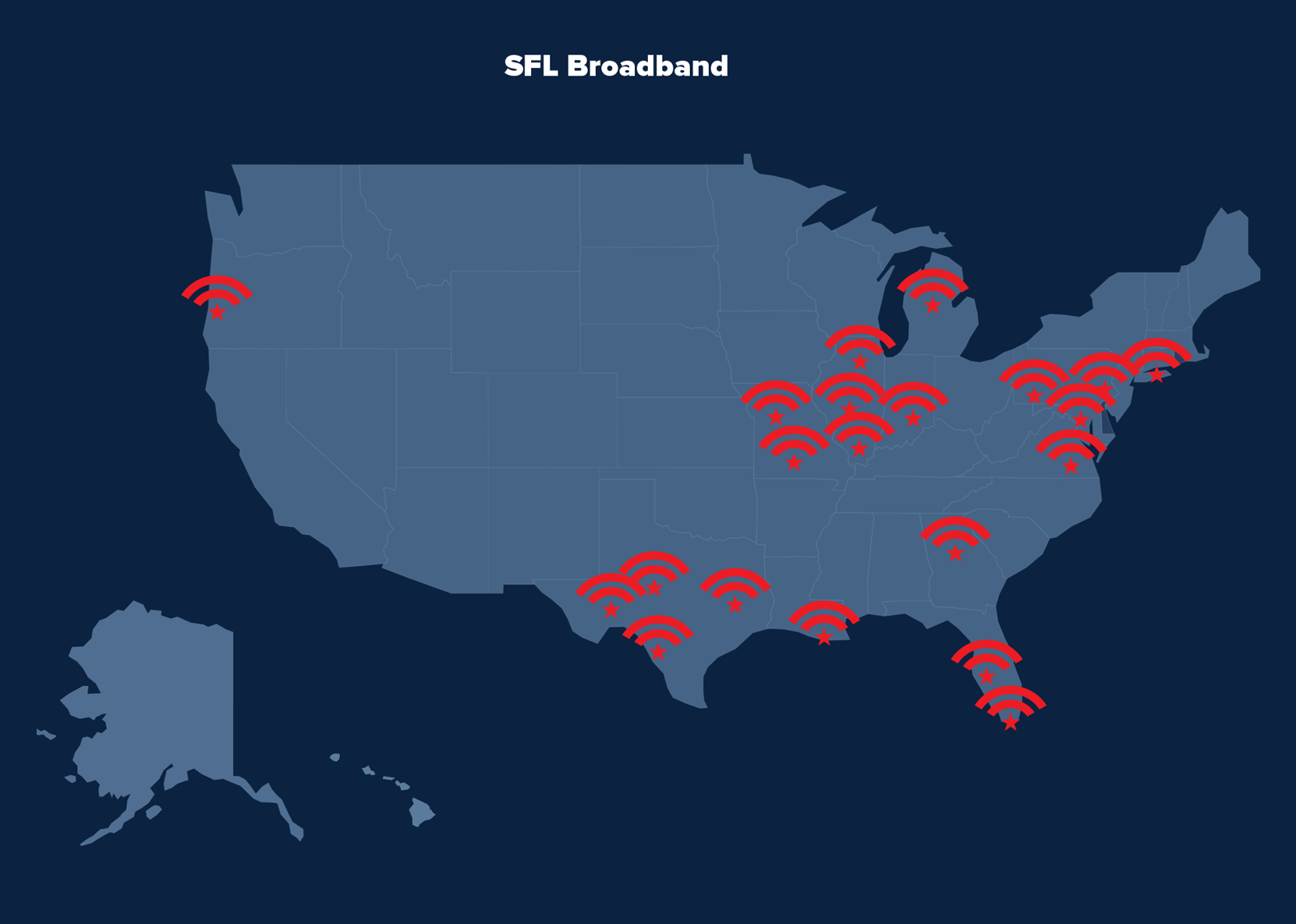We help teachers to thrive in their profession.

Clifford Janey was a former superintendent of the Washington, D.C. public schools and a senior researcher at the Boston University School of Education; his reflection on The Source for Learning’s significance:
“After almost four decades of service, The Source for Learning (SFL) remains a steadfast resource for educators. It’s been a stabilizing influence, demonstrating the importance of civic education. And it’s reinforced relationships among schools, families, and the communities in which they reside. Today, growing numbers of teachers proudly make the case for curriculum enrichment with MySciLife, TeachersFirst, and other tools that SFL has developed.
The positive outcomes of this work have impressed me deeply. I could point to many examples, but I’ll focus on just one: teacher retention. Holding on to quality teachers is one of the most urgent challenges we face, because even the most talented young educators often require years to mature into effective practitioners. Along the way, the intense demands of the modern classroom can drive promising beginners out of the profession before they can reach their full potential.

The Source for Learning is a lifeline for young teachers. Trustworthy and comprehensive, it fosters conditions in which educators can learn to thrive as confident professionals. In that, The Source for Learning has no equal.”
—Clifford Janey, Ed.D. (1946-2020)
What better way to learn science than to role-play as a volcano, stars, or gravity? In rural Missouri, a science teacher energizes her students and herself with MySciLife to do exactly that.
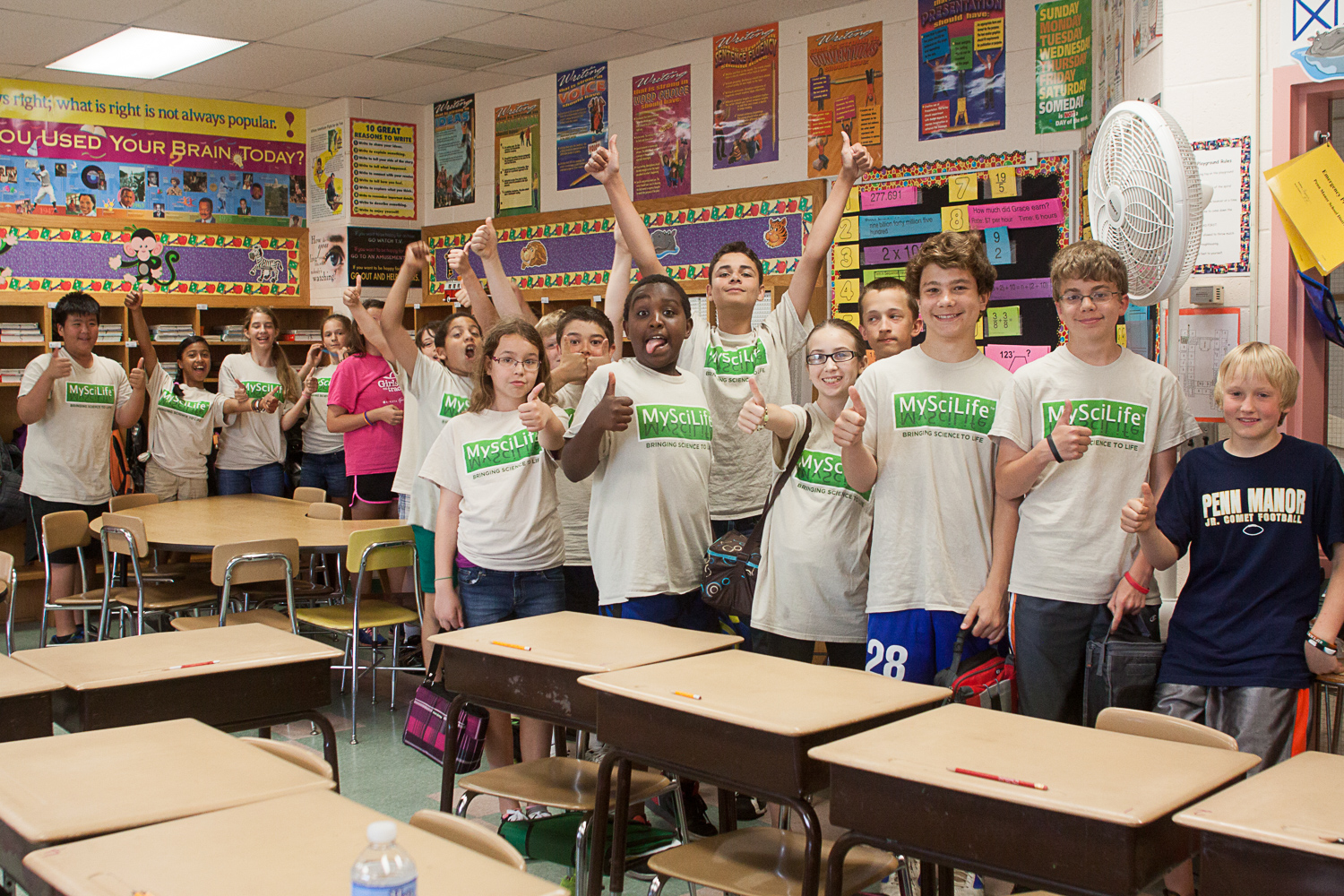
In rural Missouri, middle-school science teacher, Barb Philips-Bredlow, understood the lack of engagement her students had for learning science.
“Looking out the window, doodling, dozing off—the kids were just not engaged. I was frustrated, but I understood how they felt. As a student, I hated science myself. Too much reading out of textbooks. Nothing to draw me in.
I searched online for a way to appeal to someone like my younger self, and I discovered MySciLife. In a tiny school district without a lot of resources, it was a lifesaver—safe, free of charge, created by people who understand both pedagogy and technology at the highest levels.”
The Source for Learning’s MySciLife is a social learning environment in which each student role-plays a science topic such as a volcano, the sun, or the law of gravity, in a worldwide online community.
“After five years, I’m still thrilled with it. The social-media platform attracts kids into the STEM orbit, even if they’re hesitant about science. It transforms so-so readers and writers into great readers and writers. And, for students who haven’t seen much beyond their home town, it shines a light on the world. They see what other kids are achieving, and they raise their sights accordingly.
“MySciLife really does get the blood moving in my science classes.”
—Barb Philips-Bredlow
Two dozen teachers searched in vain for a resource about maps. TeachersFirst developed one from scratch, for free, and it went global.

Educator, Boni Hamilton, is familiar with the challenge of how to best use technology in the classroom. She has come to rely on TeachersFirst, an aggregator of curriculum recommendations developed by the Source for Learning in 1997.
“I’ve written books on implementing instructional technology, but I started out as a technical coach supporting 24 K-5 teachers. I found I could save hours of searches by going right to this vast aggregator, TeachersFirst, and finding multiple solutions for many different teachers.
TeachersFirst taps into the parts of the teacher’s brain that know how individual kids learn, and how tech can be used wisely, so teachers and students can keep growing stronger together.
Every product there is reviewed by an actual teacher who describes how it would look in the classroom. That’s essential; while teachers know how to teach, and how to use technology in their personal lives, they don’t all instinctively know how tech and teaching fit together.
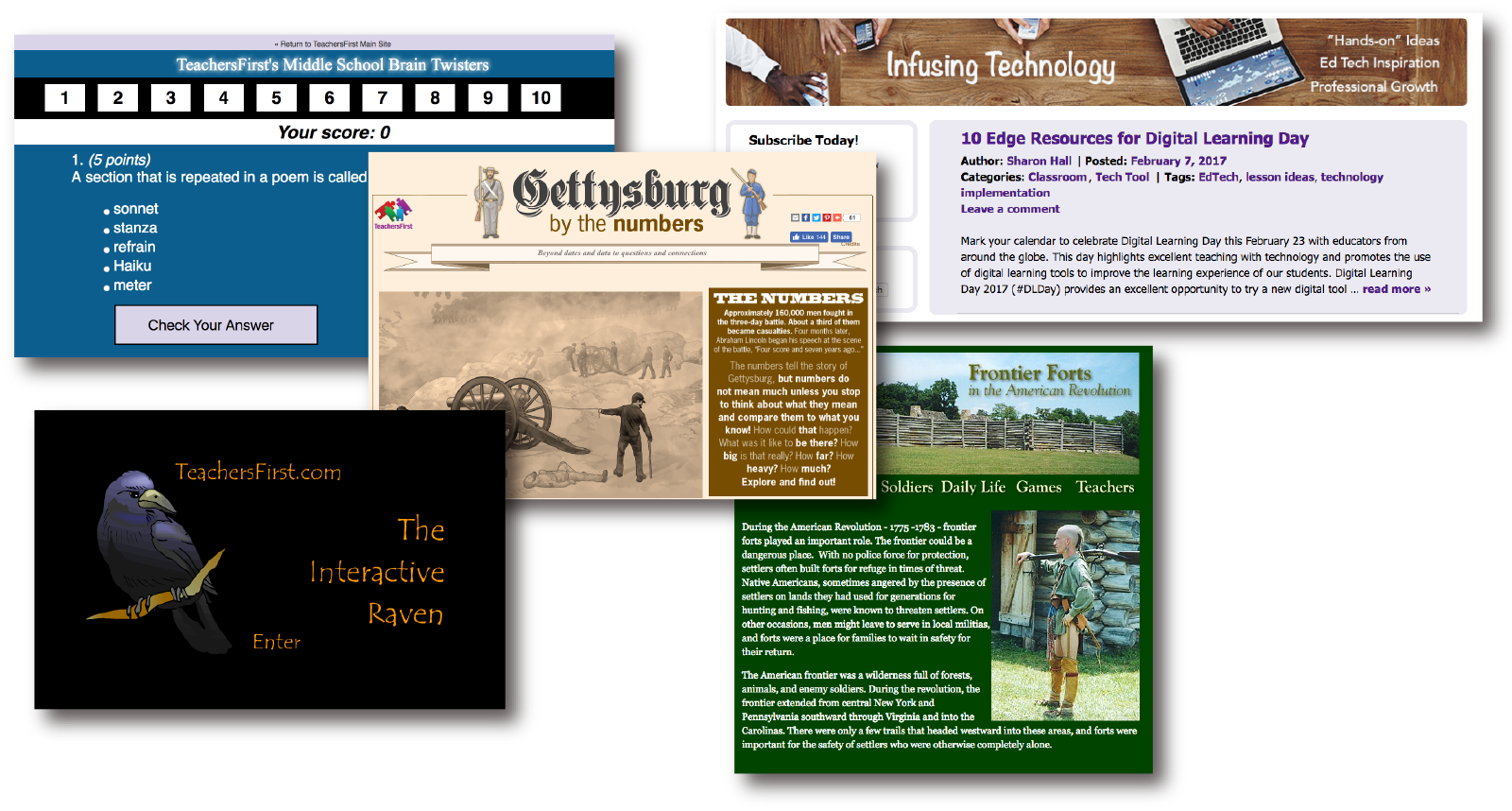
TeachersFirst is more than ‘consumer reports.’ At one point, my teachers and I were seeking materials about weather maps. No luck. So—just another teacher reaching out through a website “contact” form—I asked TeachersFirst, “What do you have?
They replied right away, and not to recommend something off the shelf. TeachersFirst realized that other schools might need the resource we asked about. In time for the following school year, they developed Globetracker, just to address our need. Today, in US schools and around the world, it’s making geography, map, and weather skills more understandable–all because of one simple question."
—Boni Hamilton

